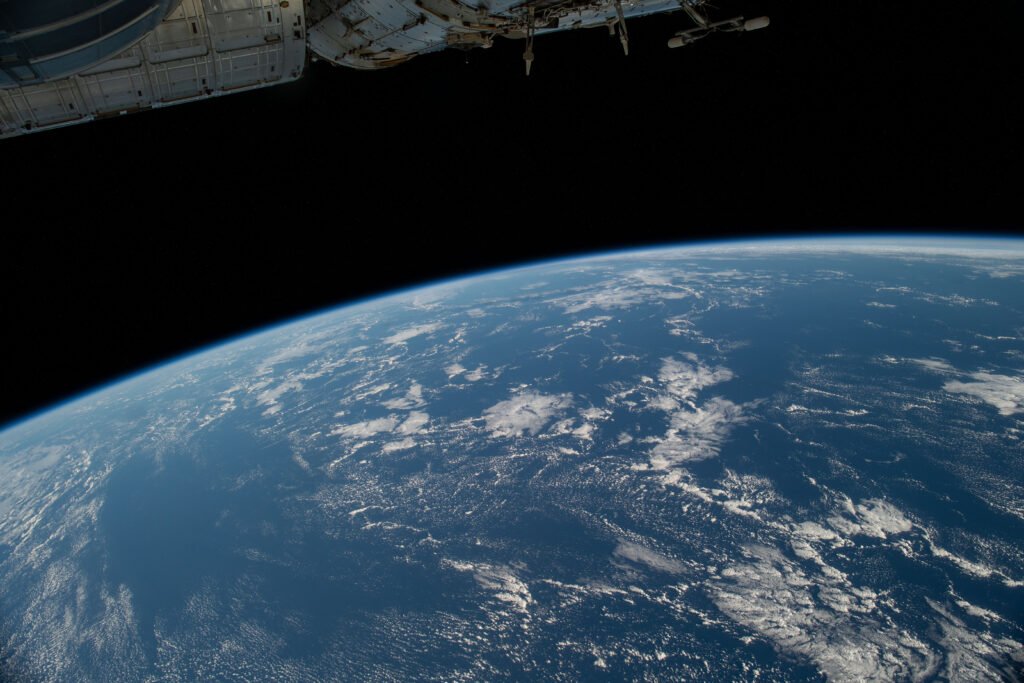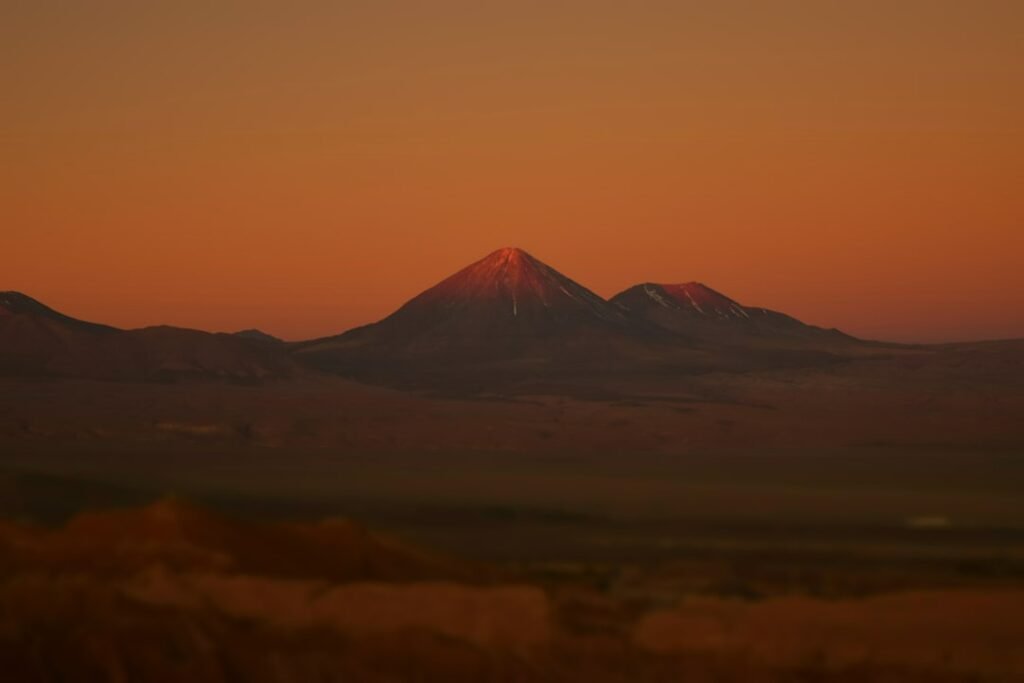Imagine waking up on a world where the ground beneath your feet could melt steel, or where the air pressure would crush you like an empty soda can. Our solar system is a cosmic neighborhood filled with planets so hostile that even a few minutes of exposure would be fatal. Yet the human spirit of exploration keeps pushing us to wonder: what would it really be like to set foot on these alien worlds?
The reality is both fascinating and terrifying. Each planet presents its own unique cocktail of deadly challenges, from temperatures that would instantly vaporize you to atmospheres so toxic they’d dissolve your lungs. But understanding these extreme environments isn’t just about satisfying curiosity – it’s helping us prepare for humanity’s future among the stars.
Mercury: The Planet That Burns and Freezes

Mercury might be the smallest planet in our solar system, but it packs a punch that would knock you out cold – literally and figuratively. During the day, temperatures soar to a scorching 800°F (427°C), hot enough to melt lead and zinc. The lack of atmosphere means there’s no protection from the Sun’s brutal radiation, which would cook you faster than a microwave dinner.
But here’s the twisted part: if you somehow survived until nightfall, you’d face the opposite extreme. Temperatures plummet to -290°F (-179°C), cold enough to freeze carbon dioxide solid. The planet’s thin atmosphere can’t hold heat, creating the most dramatic temperature swings in the solar system.
Your biggest challenge wouldn’t even be the temperature extremes – it would be the timing. A single day on Mercury lasts 176 Earth days, meaning you’d be stuck in either blazing heat or bone-chilling cold for nearly six months. Even with the most advanced space suit, you’d run out of life support long before Mercury’s sun set.
Venus: Hell’s Twin Sister

Venus looks beautiful from Earth, earning its nickname as the “evening star,” but stepping foot on its surface would be like diving into a volcanic nightmare. The atmospheric pressure is 90 times stronger than Earth’s – equivalent to being crushed under 3,000 feet of ocean water. Your bones would snap like twigs before you could even take a breath.
The air itself is pure poison, composed of 96% carbon dioxide with clouds of concentrated sulfuric acid. The greenhouse effect has gone completely haywire, trapping heat so effectively that surface temperatures reach 900°F (475°C) – hotter than Mercury despite being farther from the Sun. Lead would melt and pool like water on Venus.
Even if you somehow survived the crushing pressure and hellish heat, the acidic atmosphere would dissolve any exposed materials within hours. Soviet probes that landed on Venus in the 1970s were destroyed in less than two hours, and those were specifically designed to withstand the planet’s brutal conditions.
Earth: The Goldilocks Zone Champion

Earth is the only planet where you could not only survive a day but thrive for a lifetime. Our planet sits in the perfect “Goldilocks zone” – not too hot, not too cold, but just right for liquid water to exist. The atmosphere is a protective blanket of 78% nitrogen and 21% oxygen, with just enough greenhouse gases to keep temperatures stable.
What makes Earth truly special is its magnetic field, which acts like an invisible shield deflecting harmful solar radiation. Without this protection, our atmosphere would be stripped away by solar winds, leaving us as barren as Mars. The magnetic field also creates the beautiful auroras at our poles, a stunning reminder of the cosmic forces at play.
Our planet’s 24-hour rotation gives us the perfect day-night cycle, while the moon’s gravitational pull creates tides that helped life evolve from the oceans. It’s a delicate balance that took billions of years to achieve, making Earth a precious oasis in the cosmic desert.
Mars: The Deceptive Red Desert

Mars might look like a rusty desert you could explore with a good jacket, but don’t let its Earth-like appearance fool you. The atmospheric pressure is less than 1% of Earth’s, so thin that your saliva would boil on your tongue. Without a pressurized suit, you’d lose consciousness in about 15 seconds as your blood literally began to bubble.
The thin atmosphere is 95% carbon dioxide, offering no breathable oxygen and little protection from radiation. Surface temperatures average -80°F (-62°C), though they can swing from 70°F (20°C) at the equator during summer to -195°F (-125°C) at the poles during winter. The lack of atmospheric pressure means these temperature swings happen quickly and dramatically.
Perhaps most dangerous are the planet-wide dust storms that can last for months, blocking out the sun and creating a perpetual twilight. These storms generate massive static electricity that would fry any unprotected electronics. The dust itself is incredibly fine and potentially toxic, coating everything it touches with a layer of iron oxide – literally rust.
Jupiter: The Gas Giant Death Trap

Jupiter doesn’t have a solid surface to land on, but if you could somehow dive into its atmosphere, you’d experience the most spectacular and terrifying death in the solar system. The planet is essentially a massive ball of hydrogen and helium, with pressures that increase dramatically as you descend into its depths.
At first, you’d fall through colorful cloud layers of ammonia, water, and other compounds, buffeted by winds reaching 400 mph. But as you descend deeper, the pressure would gradually crush you while the temperature rises to over 1,000°F (538°C). Eventually, you’d reach depths where the hydrogen becomes metallic – a state of matter that doesn’t exist naturally on Earth.
Jupiter’s radiation environment is absolutely lethal, with magnetic fields 20,000 times stronger than Earth’s. The planet traps charged particles from the solar wind, creating radiation belts that would deliver a fatal dose within minutes. Even our most advanced spacecraft need special shielding to survive a close encounter with Jupiter.
Saturn: Beauty and the Beast

Saturn’s magnificent rings make it the most photogenic planet, but like Jupiter, it’s a gas giant with no solid surface to stand on. The planet’s atmosphere is primarily hydrogen and helium, with wind speeds that can reach 1,100 mph – faster than the speed of sound on Earth. These supersonic winds would tear apart anything in their path.
The atmospheric pressure increases rapidly as you descend, and temperatures can reach 1,800°F (982°C) in the deeper layers. The planet’s low density means it would actually float in water, but that doesn’t make it any less deadly. The combination of crushing pressure, extreme temperatures, and hurricane-force winds would make survival impossible.
Saturn’s radiation environment is less intense than Jupiter’s but still lethal to humans. The planet’s magnetic field traps charged particles, creating beautiful auroras but also dangerous radiation belts. Even the famous rings pose a threat – they’re made of ice and rock particles traveling at thousands of miles per hour.
Uranus: The Sideways Ice Giant

Uranus is the solar system’s oddball, rotating on its side like a cosmic bowling ball. This unusual orientation means the planet experiences extreme seasons lasting 21 Earth years each. During its long winter, one hemisphere is plunged into complete darkness while the other basks in continuous sunlight.
The atmosphere is mostly hydrogen, helium, and methane, with the methane giving the planet its distinctive blue-green color. Temperatures in the upper atmosphere plummet to -357°F (-216°C), making it one of the coldest places in the solar system. The pressure increases dramatically as you descend, eventually reaching levels that would crush any human-made materials.
Wind speeds on Uranus can reach 560 mph, creating massive storms that dwarf Earth’s hurricanes. The planet’s magnetic field is tilted 59 degrees from its rotational axis, creating a chaotic and unpredictable radiation environment. Like the other gas giants, Uranus has no solid surface to land on, making survival completely impossible.
Neptune: The Windiest World

Neptune holds the record for the most extreme weather in the solar system, with winds reaching an incredible 1,200 mph. These supersonic winds are powered by the planet’s internal heat source, which generates more energy than it receives from the distant Sun. The winds are so fast they could circle the Earth in just a few hours.
The atmosphere is similar to Uranus – mostly hydrogen, helium, and methane – but much more dynamic and violent. Temperatures in the upper atmosphere drop to -373°F (-225°C), while the core temperature may reach 9,000°F (5,000°C), hotter than the surface of the Sun. This extreme temperature difference drives the planet’s ferocious weather systems.
The Great Dark Spot, a massive storm system comparable to Jupiter’s Great Red Spot, demonstrates the planet’s violent nature. These storms can appear and disappear over periods of several years, showing just how dynamic and unpredictable Neptune’s atmosphere really is. The combination of crushing pressure, extreme cold, and supersonic winds makes Neptune absolutely uninhabitable.
Pluto: The Frozen Frontier

Though no longer classified as a planet, Pluto remains a fascinating world at the edge of our solar system. Surface temperatures average -375°F (-226°C), cold enough to freeze nitrogen solid. The thin atmosphere is mostly nitrogen with traces of methane and carbon monoxide, but it’s far too thin to breathe and offers no protection from radiation.
The surface is covered in frozen nitrogen, methane, and carbon monoxide, creating a landscape that would sparkle like diamonds under the faint sunlight. The Sun appears as just a bright star from Pluto’s distance, providing 1,000 times less light than we receive on Earth. You’d need powerful lights just to see your own feet.
A day on Pluto lasts 6.4 Earth days, while a year takes 248 Earth years. The planet’s eccentric orbit means it sometimes comes closer to the Sun than Neptune, causing its thin atmosphere to temporarily thicken. Even with the most advanced heating systems, the extreme cold would make survival impossible within hours.
The Radiation Challenge

One of the most underestimated threats in space is radiation exposure. Earth’s magnetic field and atmosphere protect us from harmful solar and cosmic radiation, but most other planets offer little to no protection. Mars receives 100 times more radiation than Earth, while Jupiter’s radiation environment is so intense it would kill you in minutes.
Galactic cosmic rays are high-energy particles that can penetrate deep into the human body, causing cancer and acute radiation sickness. Solar particle events can deliver lethal doses of radiation within hours, making space weather a critical concern for any planetary exploration. Even with advanced shielding, prolonged exposure would be fatal.
The radiation environment varies dramatically between planets, with gas giants having the most intense fields due to their strong magnetic fields trapping charged particles. Understanding these radiation environments is crucial for designing protective equipment and planning future human missions to other worlds.
Atmospheric Composition: The Breath of Death

Every planet in our solar system except Earth has an atmosphere that would kill you instantly. Venus’s atmosphere is 96% carbon dioxide with sulfuric acid clouds, while Mars has a thin atmosphere of mostly carbon dioxide with virtually no oxygen. The gas giants have atmospheres of hydrogen and helium that would displace all the oxygen in your lungs.
Even planets with substantial atmospheres like Venus and Mars lack the oxygen we need to survive. The partial pressure of oxygen on Mars is so low that even if you could breathe the atmosphere, you’d suffocate from oxygen deprivation. The atmospheric pressure itself is often as deadly as the composition.
Some planetary atmospheres are actively corrosive, like Venus’s sulfuric acid clouds that would dissolve most materials. Others are filled with toxic compounds like methane and ammonia that would poison you even if you could somehow breathe them. Earth’s oxygen-rich atmosphere is truly unique in our solar system.
Temperature Extremes: Fire and Ice

Temperature variations across the solar system are mind-boggling, ranging from Venus’s hellish 900°F to Pluto’s frozen -375°F. These aren’t just uncomfortable temperatures – they’re instantly lethal. At Venus’s surface temperature, lead melts and flows like water, while at Pluto’s temperature, the air itself would freeze solid.
The rapid temperature changes on some planets are equally dangerous. Mercury’s day-night temperature swing of over 1,000°F would cause most materials to expand and contract so violently they’d shatter. Mars experiences daily temperature swings of 170°F, enough to cause severe thermal stress on any equipment or habitat.
These extreme temperatures aren’t just numbers on a chart – they represent fundamental physical processes that would destroy human tissue within seconds. Extreme heat would cause proteins to denature and cells to rupture, while extreme cold would freeze bodily fluids and cause tissue to become brittle and break.
Pressure Problems: Crushing Depths and Explosive Decompression
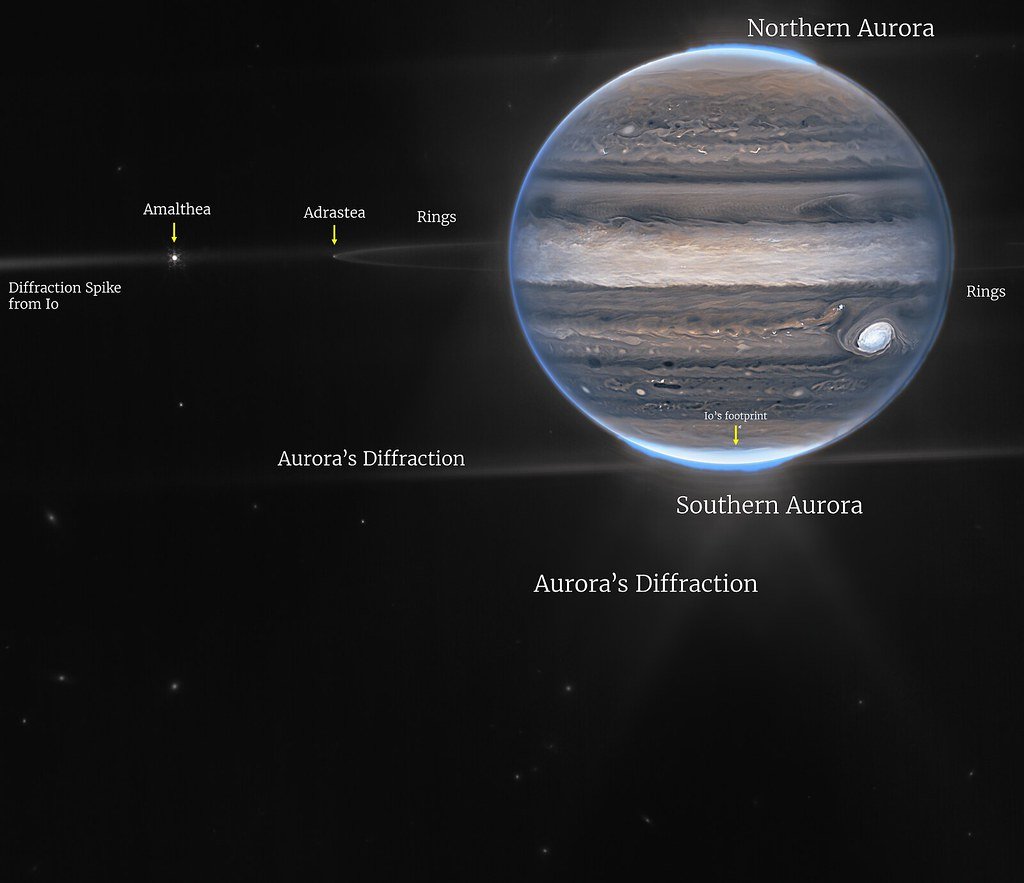
Atmospheric pressure differences between planets create some of the most immediate and deadly threats to human survival. Venus’s surface pressure is 90 times Earth’s normal pressure, equivalent to being nearly a mile underwater. This pressure would crush the human body like an empty aluminum can.
On the opposite extreme, Mars’s atmospheric pressure is less than 1% of Earth’s, so low that water boils at room temperature. Your blood would literally begin to bubble and boil if exposed to Mars’s atmosphere, a condition called ebullism. The gas giants have even more extreme pressure variations, with pressures increasing to crushing levels as you descend.
The human body is adapted to Earth’s specific atmospheric pressure, and even small changes can be dangerous. Rapid decompression causes the bends, while extreme pressure differences can cause barotrauma, rupturing air-filled organs like lungs and sinuses. These pressure effects would kill you long before other planetary hazards had a chance.
Gravity’s Grip: Too Much or Too Little

Gravity varies dramatically across the solar system, from Mercury’s weak 0.38 g to Jupiter’s crushing 2.36 g. While these differences might seem manageable, they would have profound effects on human physiology over time. High gravity would strain your cardiovascular system, making it difficult to pump blood against the increased weight.
Low gravity presents its own challenges, causing bone density loss and muscle atrophy. On Mars, with its 0.38 g gravity, you’d weigh about one-third of your Earth weight, but your bones and muscles would gradually weaken without the constant resistance they’re used to. Long-term exposure to low gravity can cause irreversible physiological changes.
The gas giants have such strong gravitational fields that they would prevent you from ever leaving their surface, even if you could somehow survive there. Jupiter’s gravity is so intense that it would stretch your body, creating tidal forces similar to those near a black hole, though much weaker.
The Day-Night Cycle: Eternal Light and Endless Dark
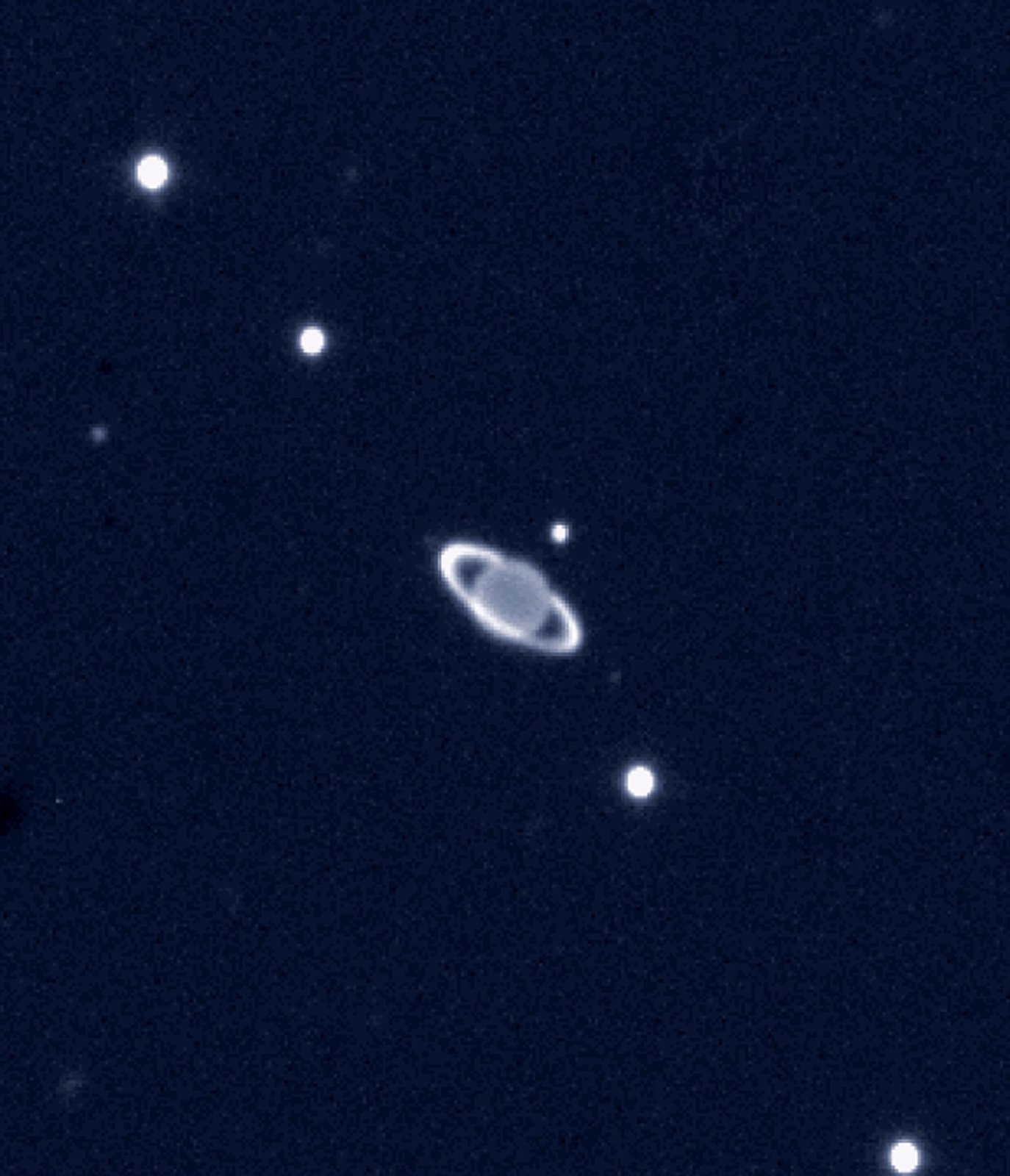
The length of days and nights on other planets would completely disrupt human circadian rhythms. Venus rotates so slowly that a single day lasts 243 Earth days, meaning you’d experience either blazing sunlight or complete darkness for eight months at a time. This would cause severe psychological and physiological stress.
Mercury’s extreme day-night cycle lasts 176 Earth days, while some planets like Uranus experience seasons lasting 21 Earth years. These extreme variations would make it impossible to maintain normal sleep patterns or biological functions. The human body relies on regular light-dark cycles to regulate hormones and maintain health.
Even if you could survive the other planetary hazards, the disruption of normal day-night cycles would cause depression, insomnia, and hormonal imbalances. The psychological effects of endless day or night would be as dangerous as the physical challenges of surviving in alien environments.
Weather Systems: Storms That Dwarf Earth’s Fury

Weather on other planets makes Earth’s most severe storms look like gentle breezes. Jupiter’s Great Red Spot is a hurricane that’s been raging for centuries, with winds reaching 400 mph and a size that could swallow three Earths. These storms generate lightning bolts 1,000 times more powerful than Earth’s strongest thunderbolts.
Mars experiences global dust storms that can last for months, blocking out the Sun and creating a perpetual twilight. These storms generate massive static electricity that would fry any electronic equipment and coat everything in a fine layer of iron oxide dust. The dust is so fine it would penetrate even the best-sealed equipment.
Neptune holds the record for the fastest winds in the solar system, reaching 1,200 mph – faster than the speed of sound on Earth. These supersonic winds could tear apart any structure and would make navigation impossible. The combination of extreme weather and other planetary hazards creates a perfect storm of deadly conditions.
Toxic Landscapes: Poisonous Terrain
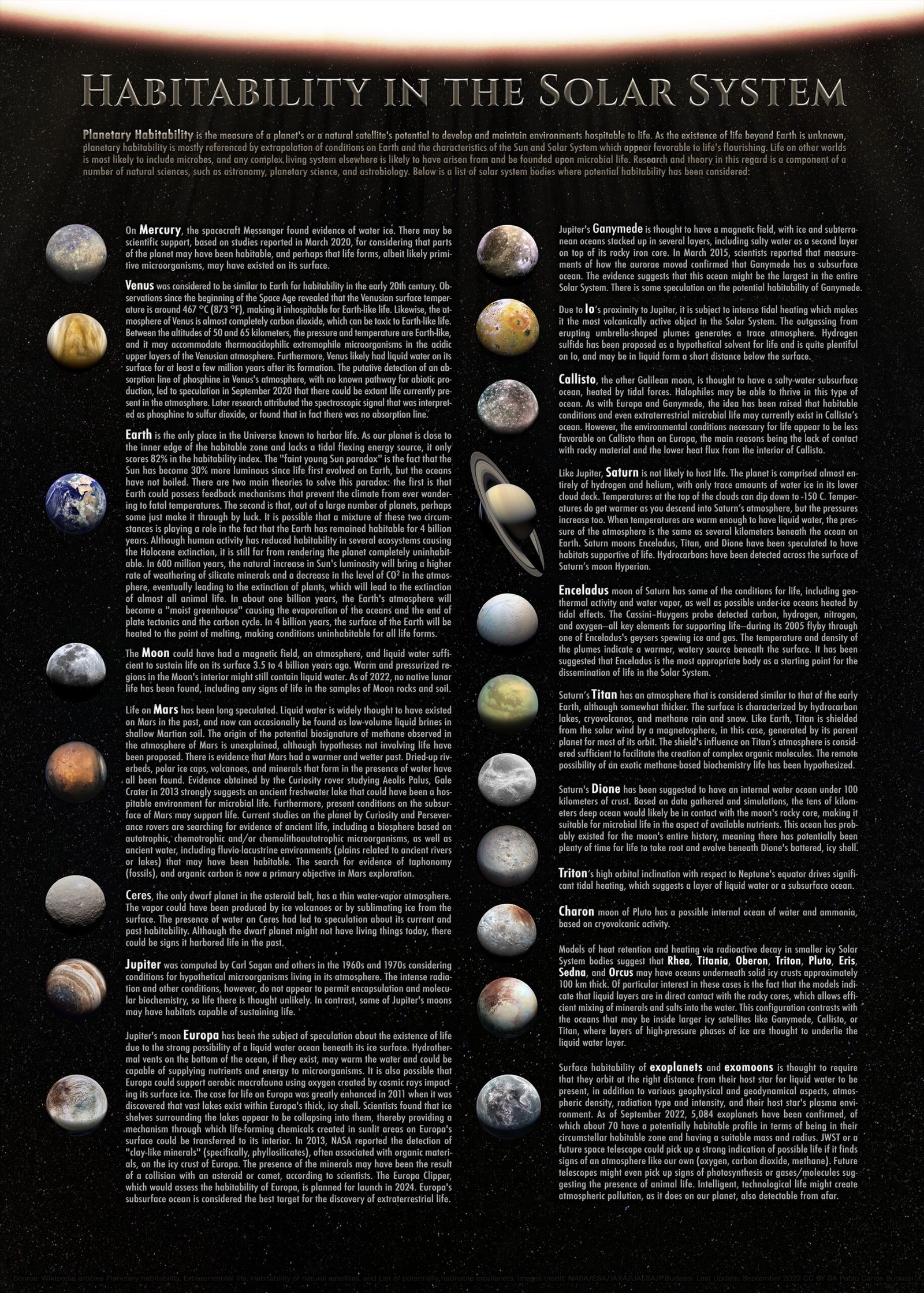
The surfaces of other planets are often composed of materials that would be toxic or corrosive to humans. Mars’s soil contains perchlorate, a chemical used in rocket fuel that’s toxic to humans even in small amounts. The fine dust that covers everything on Mars would be harmful if inhaled, potentially causing lung damage similar to asbestos.
Venus’s surface is constantly bathed in sulfuric acid rain, creating a corrosive environment that would dissolve most materials. The volcanic activity on some planets creates landscapes of molten rock and toxic gases that would be immediately lethal. Even the seemingly benign ice on outer planets often contains toxic compounds like methane and ammonia.
The lack of protective atmosphere on most planets means that cosmic radiation has been bombarding their surfaces for billions of years, potentially creating radioactive materials in the soil. Walking on these surfaces would be like walking through a minefield of chemical and radiological hazards.
The Verdict: Earth’s Unique Sanctuary
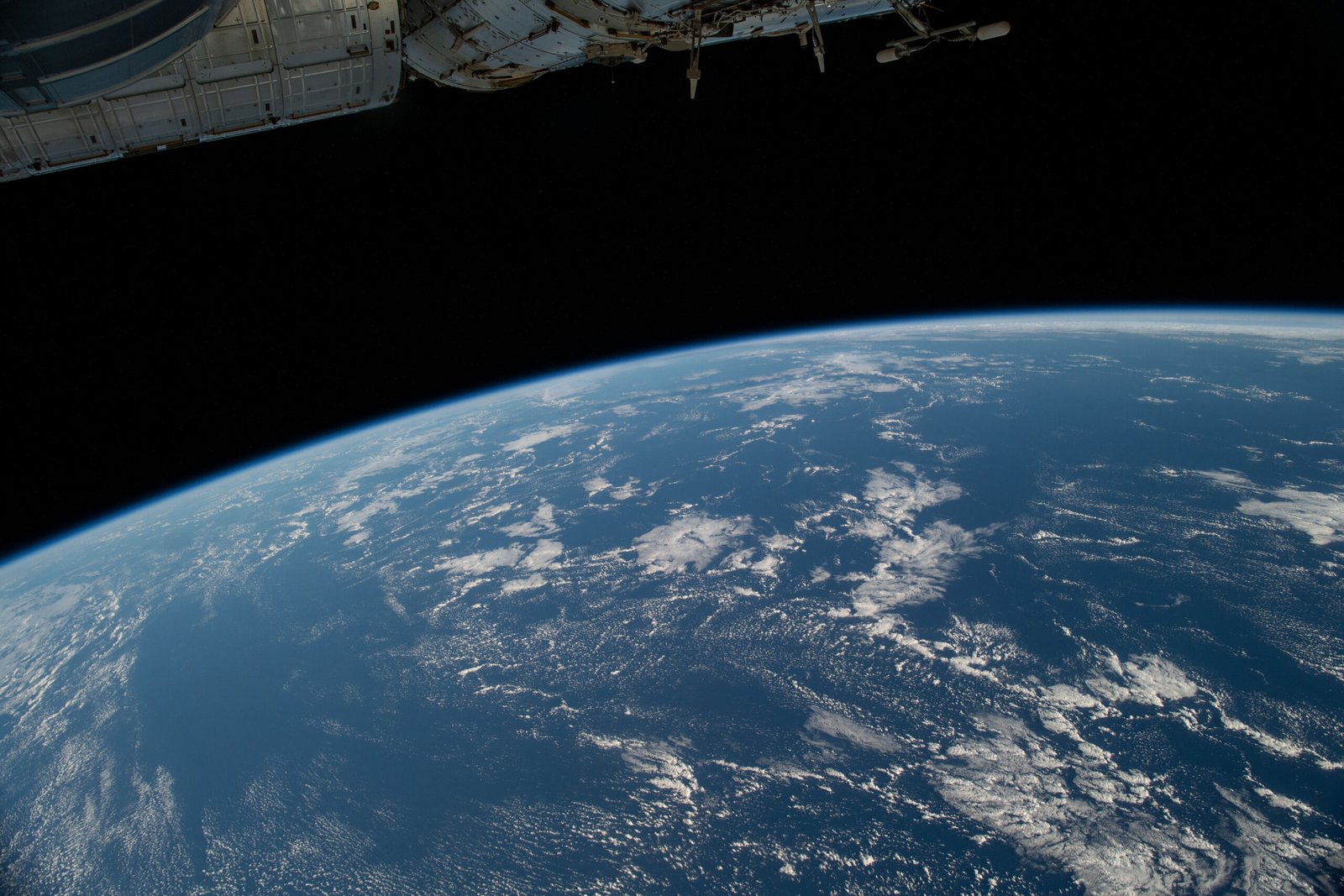
After examining the hostile environments of every planet in our solar system, the answer is clear: you couldn’t survive a full day on any planet except Earth. Each world presents a unique combination of deadly challenges that would kill you within minutes or hours, despite our best protective technology.
This cosmic tour of uninhabitable worlds makes Earth’s perfect conditions seem almost miraculous. Our planet’s stable climate, breathable atmosphere, protective magnetic field, and moderate gravity create a sanctuary of life in an otherwise hostile universe. We truly live on a precious oasis floating in the cosmic void.
The extreme conditions on other planets aren’t just scientific curiosities – they’re reminders of how fragile and special our home planet really is. Every sunset, every breath of fresh air, and every drop of liquid water represents conditions that exist nowhere else in our solar system. What does that tell you about how we should treat our cosmic home?

